It’s an unfortunate fact that our roadways in Ontario often cross through wooded or suburban areas, increasing the chances for collisions with wildlife. According to the Ministry of Transportation in Ontario, there are about 12,000 animal collisions in our province each year, resulting in about 400 human injuries, including fatalities. Many of these happen on rural roads, where speed limits are higher and visibility is lower, causing an even greater risk of human injury. Prepare yourself by being on extra alert on country roads and learning best practices for animal encounters.
Encountering small animals
Although preserving an animal’s life is the ideal outcome, as a driver, your primary concern is to protect the lives of people. Your goal in an animal encounter is to keep your passengers and other travellers safe by being predictable and avoiding collisions with other vehicles.
Should you encounter a fast-moving small animal on the road:
- Do not swerve. If an animal runs into the road unexpectedly, do not swerve into oncoming traffic. Turning your wheel might be your first impulse, but it creates the most danger, increasing the risk for a head-to-head collision or for your own vehicle to lose control.
- Do not brake heavily and suddenly. Slamming on your brakes can take other drivers off guard and increase the chances of another car hitting you from behind. Slow down if you can but be aware of traffic behind you and don’t unexpectedly stop in an otherwise flowing traffic area.
Is it ever okay to try to avoid the animal? If you are approaching a slow-moving animal – like a turtle – and you are on a quiet road with low traffic and a paved shoulder, you can signal, slowly pull over to the side, and stop safely. Once stopped, wait patiently for the animal to cross; do not attempt to enter the road, especially in rural areas with high-speed limits or in low lighting conditions. Always put your own safety first and make sure stopping is permitted and not dangerous in this area.
Encountering large animals
Large animal encounters are, unfortunately, a significant risk for human injury and even death. Animals such as deer can enter the road at any time, but are most active:
- An hour before dawn or an hour after dusk
- In the fall breeding season, October and November
- On two-lane highways with speed limits of 80 km/h
You can help protect yourself from an encounter by:
- Watching for signage. Corridors where large animals frequently enter the road are always marked with provincial animal crossing signs. Stay on extra alert in these zones.
- Staying at or below the speed limit. Increase your reaction time and increase your chances of avoiding contact by respecting the posted speed on the road.
- Watching for protective fencing. When fencing along the side of rural highways ends, animals are more likely to enter the road, so keep an extra sharp eye out.
If you see a large animal on the road and it becomes clear that impact is unavoidable, keep everyone as safe as possible by:
- Not swerving out of your lane. Even if you cannot brake or stop in time, do not swerve into oncoming traffic.
- Reducing your speed. Brake firmly to slow your vehicle to minimize the impact. If you can, come to a controlled stop.
- Easing up on braking at the last moment. If possible, release your brakes right before impact; this will allow the front of your car to rise slightly and absorb the force properly.
- Aiming for the flank. If you can, steer your vehicle towards the flank of the animal to try to protect both you, your car, and the animal.
Remember to be a predictable driver, stay in your lane, and respect the rules of the road as much as possible. Especially on rural roads, always stay alert, drive slowly in animal crossing zones, and watch for movement or glowing eyes of animals along the edge of the roadway. Although an animal encounter can be frightening, stay calm and keep the safety of all in mind.
Earn your RoadSMARTS
Learn more about road safety by taking the #RoadSMARTS pledge. By taking the Road SMARTS Pledge, you Support Making All Road Travel Safe, which can help improve road safety for everyone. When road behaviours change, accidents are reduced. For more information and to take the pledge for free, visit https://www.ottawasafetycouncil.ca/road-smarts.
